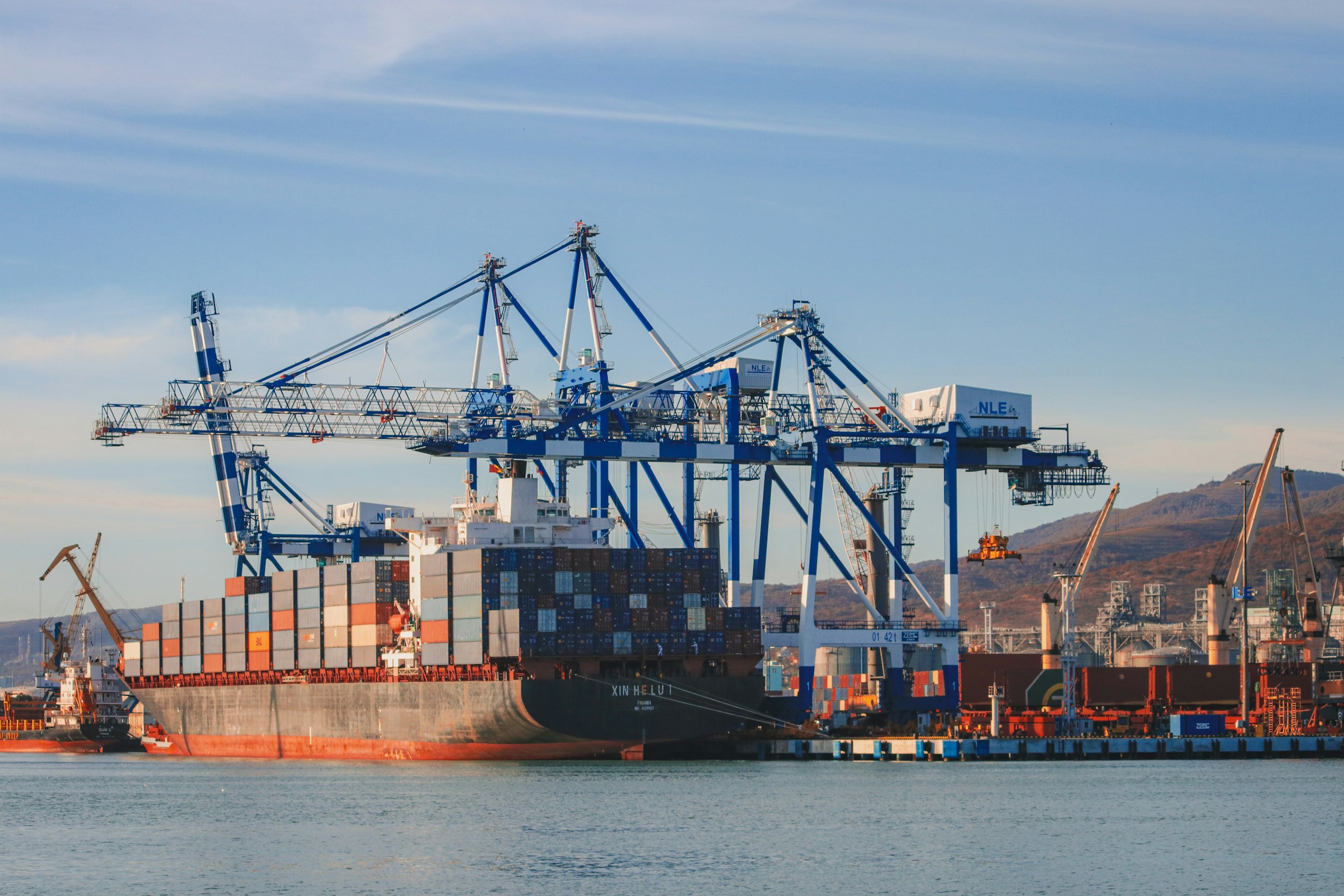The U.S. economy is posting numbers that not long ago would have seemed politically improbable. Job growth remains sturdy, consumer spending resilient, and GDP growth surprisingly broad-based. But for macro allocators and institutional policymakers, the significance of this moment doesn’t lie in the top-line figures. It lies in the policy signaling beneath them.
This isn’t just about a recovery. It’s about how the U.S. is reasserting economic leadership under layered constraints—elevated rates, fiscal fatigue, and geopolitical overhang. Inflation remains sticky, long-end yields are volatile, and fiscal policy is constrained by partisan deadlock. Yet the U.S. economic engine continues to outpace expectations. This combination of structural headwinds and cyclical strength creates a rare inflection point: one where policymakers can no longer rely on lagging indicators to interpret risk. Instead, they must read posture—how the U.S. positions itself on industrial policy, capital openness, and regulatory sequencing. And when America regains economic swagger, it forces a recalibration of both capital posture and regulatory stance across markets. The signal matters more than the surge.
The Federal Reserve has kept its messaging steady: rate cuts will be slow, data-dependent, and cautious. Yet markets are behaving as if a soft landing is a certainty. Real yields remain historically tight, but risk assets are ascending. Institutional inflows are quietly rotating back into U.S. fixed income and high-grade corporates. This divergence between Fed language and capital behavior is not new—but it is widening.
Fiscal policy only complicates the signal. On paper, the U.S. remains deeply indebted, with deficits widening and political brinkmanship around taxation and entitlements intensifying. Yet the real economy appears unbothered. Industrial policy, via the CHIPS Act and IRA, continues to crowd in capital. Infrastructure spending has remained a backdoor stimulus. These are not the signals of a retrenching economy.
We have seen similar moments of U.S. overperformance before—post-2010, after the GFC, and again briefly in 2018 before trade war escalation. But this time, the surrounding macro landscape is far more fragile. European growth is flatlining. China is recalibrating slower than expected. And the energy transition remains capital-intensive with uncertain productivity payoffs.
In prior cycles, U.S. strength drew in capital as a haven. Today, it draws capital as a platform. Private equity dry powder, foreign sovereign flows, and tech venture redeployment all lean toward U.S. assets—not just for safety, but for relative energy and innovation return. This shift in capital motivation is as telling as any Fed rate dot plot.
Regional policy actors will not read this as cyclical optimism. They will read it as institutional entrenchment. For Southeast Asia and the Gulf, this poses a dilemma: how to maintain capital attractiveness when the U.S. again becomes the default growth anchor.
Singapore’s MAS, for instance, will view this as a narrowing of divergence with U.S. policy—not a confirmation of domestic stability. It may reduce urgency for rate adjustment but increase scrutiny on FX pass-through and imported inflation. In the Gulf, sovereign funds may feel renewed pressure to hedge against dollar re-strengthening, even as oil receipts stabilize fiscal cushions.
Emerging markets, meanwhile, will find less cover for expansionary monetary or fiscal policy. The U.S. economic rebound—particularly if paired with asset re-inflation—shrinks the tolerance window for FX volatility and bond spread divergence. A stronger U.S. doesn’t just pull capital in. It tightens the margin for policy experimentation elsewhere.
Institutional allocators are already adjusting. There is a visible shift toward USD-denominated duration, not as a growth hedge, but as a credibility anchor. Private credit funds with cross-border mandates are rebalancing toward U.S. exposure, often at the expense of Southeast Asian and European assets. Liquidity preference has returned—but so has governance preference.
This is where the signal is clearest. Capital is not just chasing yield. It is retreating from ambiguity. U.S. institutional frameworks—despite political noise—still outperform in perceived durability. That perception, reinforced by economic outperformance, subtly reshapes sovereign fund allocations and reserve strategy.
The signal from Washington may be muddled. But the signal from New York and Silicon Valley is not.
This is not policy clarity. It is posture clarity. The U.S. economy’s resurgence in 2025 signals conviction in its institutional model—not in its fiscal solvency or political restraint. Policymakers across Asia and the Gulf would do well to interpret this not as a pivot point, but as a pressure point. The capital tide is shifting again. And this time, it rewards coherence more than conviction.
What’s emerging is not a blueprint for others to follow, but a benchmark others will be judged against. Strength, when cyclical, is manageable. Strength, when institutionalized, becomes a recalibration force. The U.S. isn’t just performing—it’s reasserting rules.





.jpg&w=3840&q=75)








